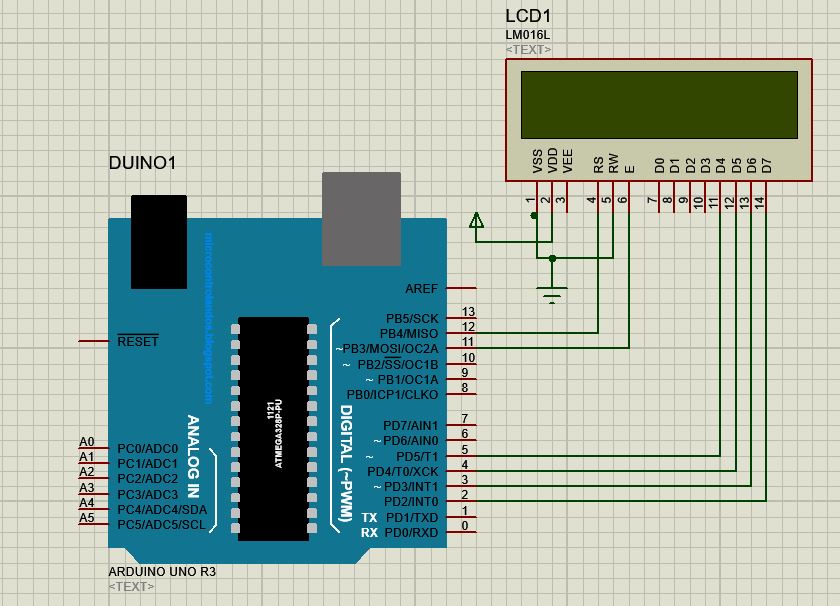
You’ll also receive a notification with a photo when motion is detected. The following sketch allows you to control the ESP32-CAM using your Telegram account. Follow the next steps to install the BME280 Sparkfun library.Ĭontrol ESP32-CAM with Telegram – Arduino Sketch So, to avoid modifying the library files, we used the BME280 Sparkfun library instead that works well with the ESP32-CAM. However, it conflicts with some of the ESP32-CAM libraries.

In most of our projects with the BME280 sensor, we use the Adafruit_BME280 library. We’re using ArduinoJson library version 6.15.2. Go to Sketch > Include Library > Manage Libraries.Follow the next steps to install the library. You also have to install the ArduinoJson library. Important: don’t install the library through the Arduino Library Manager because it might install a deprecated version.įor all the details about the library, take a look at the Universal Arduino Telegram Bot Library GitHub page. Add the library you’ve just downloaded.Go to Sketch > Include Library > Add.ZIP Library.Click here to download the Universal Arduino Telegram Bot library.To interact with the Telegram bot, we’ll use the Universal Telegram Bot Library created by Brian Lough that provides an easy interface for the Telegram Bot API.įollow the next steps to install the latest release of the library. Installing the ESP32 Board in Arduino IDE (Windows, Mac OS X, Linux).We’ll program the ESP32-CAM using Arduino IDE, so make sure you have the ESP32 add-on installed in your Arduino IDE. We’re using the ESP32-CAM AI-Thinker Module.


For this reason, if you want to use our PCB, you need the same ESP32-CAM board. The PCB shield is designed to be stacked to the ESP32-CAM. Additionally, you’ll receive a notification with a new photo whenever motion is detected. For the moment we’ll create a Telegram bot for the ESP32-CAM that allows you to control your board from anywhere to request a photo, sensor readings or control the flash. Later you will find a generic triple adapter here, as you see in the picture, which allows to use other sensors as well. For this we will use a ready-made PCB shield (link: ), orderable at JLCPCB, to attach components like sensor and camera. In this project we’ll create a Telegram bot for the ESP32-CAM AI-Thinker board with a PIR motion sensor, a BME280 temperature (humidity and pressure sensor).


 0 kommentar(er)
0 kommentar(er)
